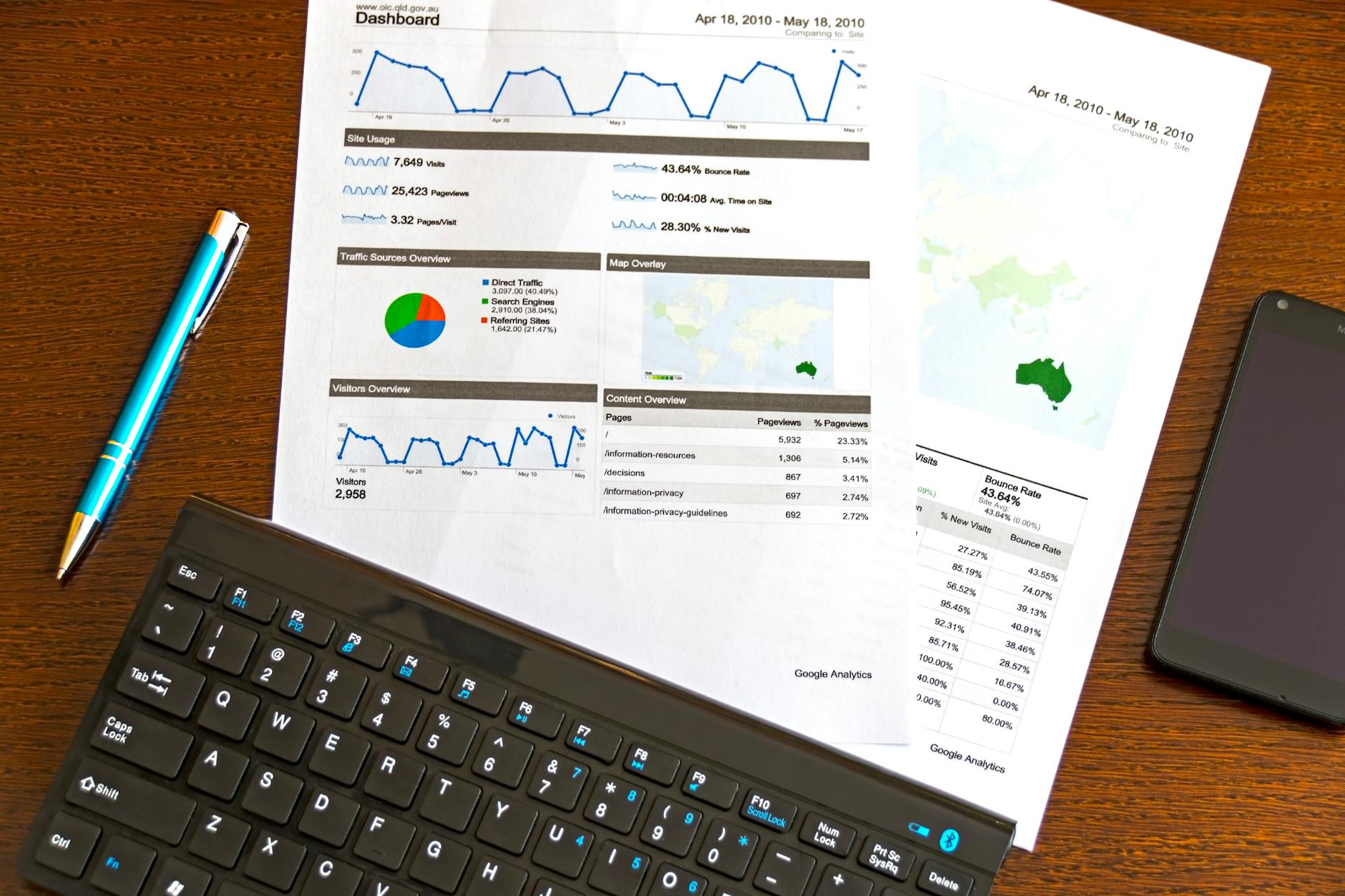What is work performance optimization?

What is work performance optimization?
In today’s fast-paced work environment, work performance optimization has emerged as a vital strategy for enhancing productivity and achieving both personal and professional goals. At its core, this concept revolves around maximizing efficiency and effectiveness in how tasks are completed, ensuring that every bit of effort translates into meaningful results. By understanding and implementing work performance optimization, individuals and organizations can make the most of their resources, time, and skills.
Understanding Work Performance Optimization
Work performance optimization refers to the process of improving the efficiency and effectiveness of how tasks are executed in a workplace. This concept is applicable across various contexts, from individual tasks to team projects and organizational processes. Ultimately, its purpose is to identify areas where performance can be enhanced, thereby driving productivity and achieving specific goals.
The Importance of Work Performance Optimization
Optimizing work performance is crucial for several reasons. First, it leads to increased efficiency, allowing individuals to complete tasks faster without sacrificing quality. According to Indeed, improved performance management can significantly enhance team engagement and productivity. Additionally, it can lead to better resource allocation, reducing waste and operational costs.
Organizations that prioritize performance optimization often see higher employee satisfaction levels as well. When workers feel empowered to work efficiently and effectively, they are more likely to be engaged and committed to their roles. This synergy between personal satisfaction and organizational success creates a win-win situation.
Common Metrics for Measuring Work Performance
To effectively evaluate work performance, it’s essential to establish clear metrics. Common Key Performance Indicators (KPIs) include:
- Productivity Rates: Measuring how much work is completed in a specific timeframe.
- Quality of Output: Assessing the standard of completed tasks against set criteria.
- Timeliness: Evaluating whether tasks are completed within deadlines.
- Employee Engagement: Gauging morale and commitment levels among team members.
By tracking these metrics, organizations can pinpoint areas for improvement and develop targeted strategies for optimization.
Techniques for Work Performance Optimization
There are various strategies and techniques that individuals can employ to enhance work performance. These methods cater to improving productivity while maintaining a work-life balance.
Time Management Techniques
Effective time management is a cornerstone of work performance optimization. Techniques such as the Pomodoro Technique, which involves working in focused sprints followed by short breaks, can significantly boost concentration and productivity. Additionally, time blocking—allocating specific time slots for different tasks—helps in maintaining focus and reducing procrastination.
Leveraging Technology for Productivity
In today’s digital age, leveraging technology is paramount. Utilizing productivity tools and applications can streamline tasks and enhance workflow. Tools like project management software, time-tracking apps, and collaborative platforms allow teams to coordinate efforts and monitor progress efficiently. For example, Pipefy provides insights into how technology can simplify complex processes, making work performance optimization a breeze.
The Role of Goal Setting
Setting SMART goals—Specific, Measurable, Achievable, Relevant, and Time-bound—plays a vital role in performance optimization. These goals provide clear direction and benchmarks for measuring success. When individuals know what they are working towards, they are more likely to remain focused and motivated. It’s a simple yet powerful way to ensure that efforts are aligned with overarching objectives.
Creating a Work Environment that Promotes Optimization
The physical and psychological work environments significantly impact performance. Crafting a space that fosters productivity can lead to remarkable improvements.
The Impact of Workspace Design
An organized and ergonomically designed workspace can enhance productivity. A clutter-free environment reduces distractions, allowing for better concentration. Furthermore, incorporating elements such as natural light and comfortable seating can lead to increased comfort and focus. A well-planned workspace is akin to a well-tuned engine—when everything is in the right place, performance soars!

Photo by AS Photography
Fostering a Positive Work Culture
A supportive work culture is essential for optimizing performance. Encouraging open communication, collaboration, and recognition can create an environment where employees feel valued and motivated. When team members support one another, it fosters a sense of community and shared purpose—key drivers of high performance.
Conclusion and Call to Action
Work performance optimization is not just a buzzword; it’s a practical approach that can lead to significant improvements in productivity and satisfaction. By understanding its principles and implementing effective strategies, you can take control of your work life and achieve your goals more efficiently.
Whether it’s through mastering time management techniques, leveraging technology, or creating a supportive work environment, the opportunities for enhancement are abundant. So, why not start today? Evaluate your current practices, identify areas for improvement, and implement these techniques. Your journey toward optimized work performance begins now!